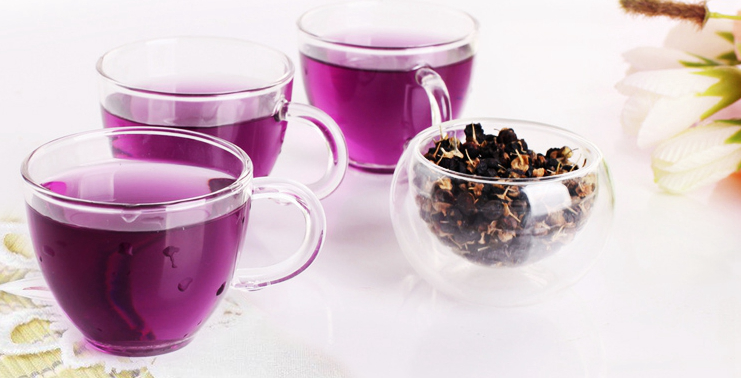The apricot rickets disease is a typical physiological disease. There are many causes of the disease, such as bruises, insects, frostbite, sunburn, mechanical trauma, etc. , Summer pruning is too heavy, improper fertilization, soil viscous, acidic too strong, improper use of pesticides and caused by phytotoxicity can induce gum disease. Only by mastering the pathogenesis of the disease can we effectively prevent and treat it. Now we will introduce the symptoms, morbidity, and control techniques of the disease as follows: Symptoms of fluids occur mainly on branches and fruits. When the trunks and branches are damaged, spring outflow occurs. Transparent gum, after contact with the air, the gum gradually becomes brown, becomes a crystal soft plastic block, and finally becomes a dark brown hard plastic block. Flowing gum is often swollen and the cortex and xylem of the diseased part gradually become brown and rot, and is then infected by saprophytic bacteria, which severely weakens the tree vigor. The flow of fruit occurs mostly in the wound, and the glue sticks on the surface of the fruit, causing the growth of the fruit to stagnate and the quality to decline. Pathogens of pathogenic apricot tree flow gum disease are several species of Verticillium spp., which belong to the class of Deuteromycetes, Sphaerotheca fuliginea, and Stemella spp. It was initially determined that the pathogenic bacteria were saprophytic bacteria that had invaded after being flowed by physiological lesions, and that the invasion of the pathogens further aggravated the flow of glue. Pathogenesis The conidia of the pathogenic bacteria of the disease, through the spread of wind and rain, invade the wound or fluid. The pathogenic bacteria can lurk in the tissues of the victim's branches and xylem, producing conidia in the dead cortex and becoming a source of infection. Prevention methods (1) Avoid causing mechanical damage to the tree body. In the event of injury, promptly apply a lead oil preservative to the wound. (2) Eradicate pests in time and control the amount of nitrogen fertilizer. (3) In the dormant period, smear lesions with colloidal bactericide (formulated by 1 kg latex + 100 g 50% tetromycin) to kill pathogens. (Source: Zhao Li, Northern Vegetable Newspaper)
Small grade wolfberry is the lowest price, can be used in conjunction with grain breakfast, and can also extract anthocyanins. Because it`s anthocyanin content is the same as that of a large scale. If you haven't eaten these small black berries, why don't you contact me, we give you a free small sample, and maybe you would like them.
Small grade wolfberry is the lowest price, can be used in conjunction with grain breakfast, and can also extract anthocyanins. Because it`s anthocyanin content is the same as that of a large scale. If you haven't eaten these small black berries, why don't you contact me, we give you a free small sample, and maybe you would like them.
Black Wolfberry is popular in China. If you can introduce it to other countries, I think this is a new business opportunity.
Black Goji Berry grows in Qinghai-Tibet plateau China,where 3000 meters above the sea level,strong solar radiation, sunshine time up to 3600 hourshas, goodresistance tocold and dryconditions. The black goji berry grows in Gobi where people can not survive, it`s pure natural growth.
Black goji berry is rich in protein, LBP, amino acids, vitamins, minerals, trace elements and other nutrients. Also rich in natural proanthocyanidins, its OPC content more than blueberries (black fruit goji berry containing OPC 3690mg/100g; blueberries containing OPC 330 ~ 3380mg/100g). It is so far found the highest content of OPC in natural wild plants.
Small Black Goji Berry
Small Black Goji Berry,Small Black Wolfberry,Dired Black Wolfberries,Wild Organic Black Wolfberry
NINGXIA UNION-SURE CO., LTD. , http://www.unionsuregoji.com
